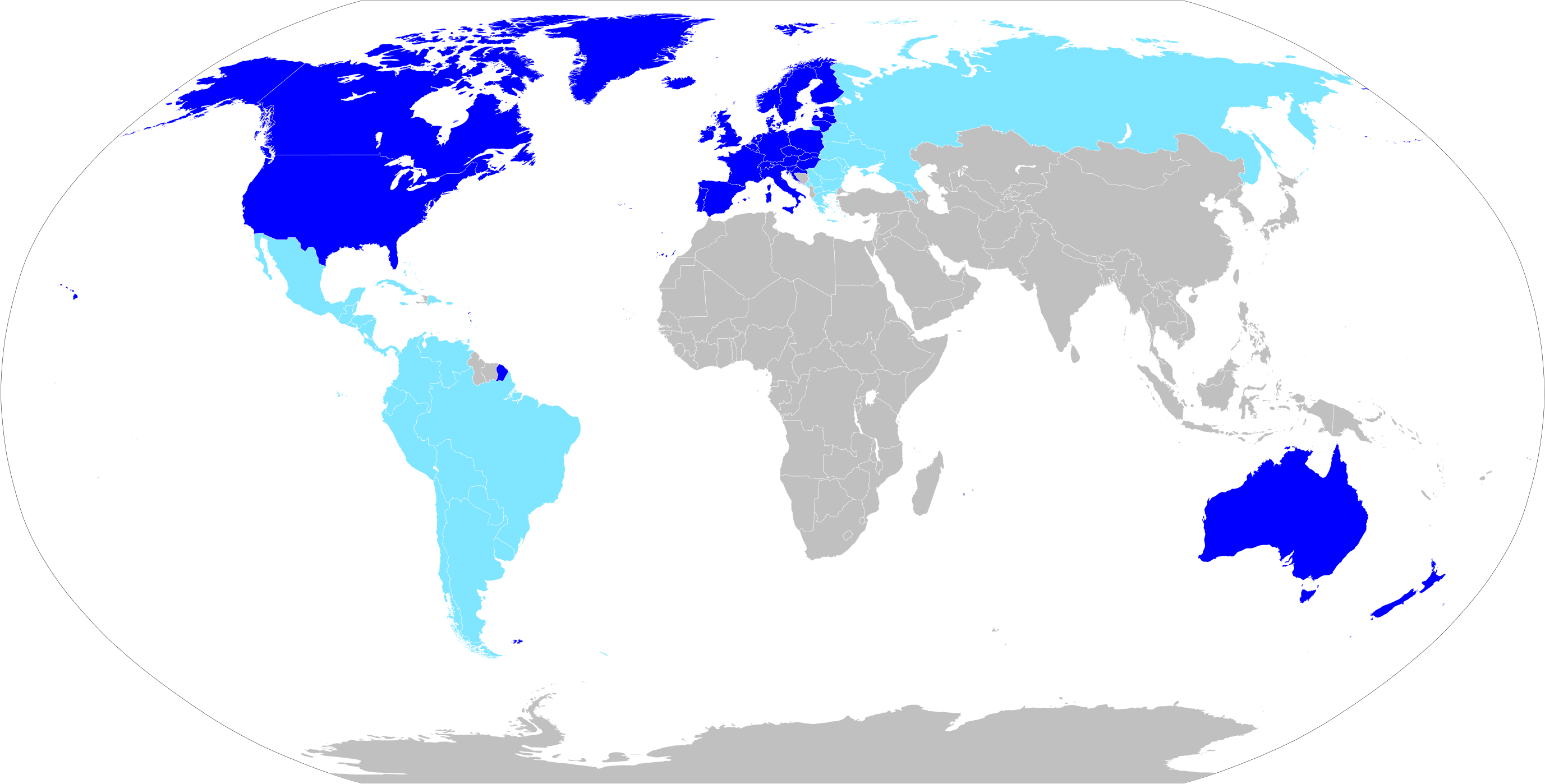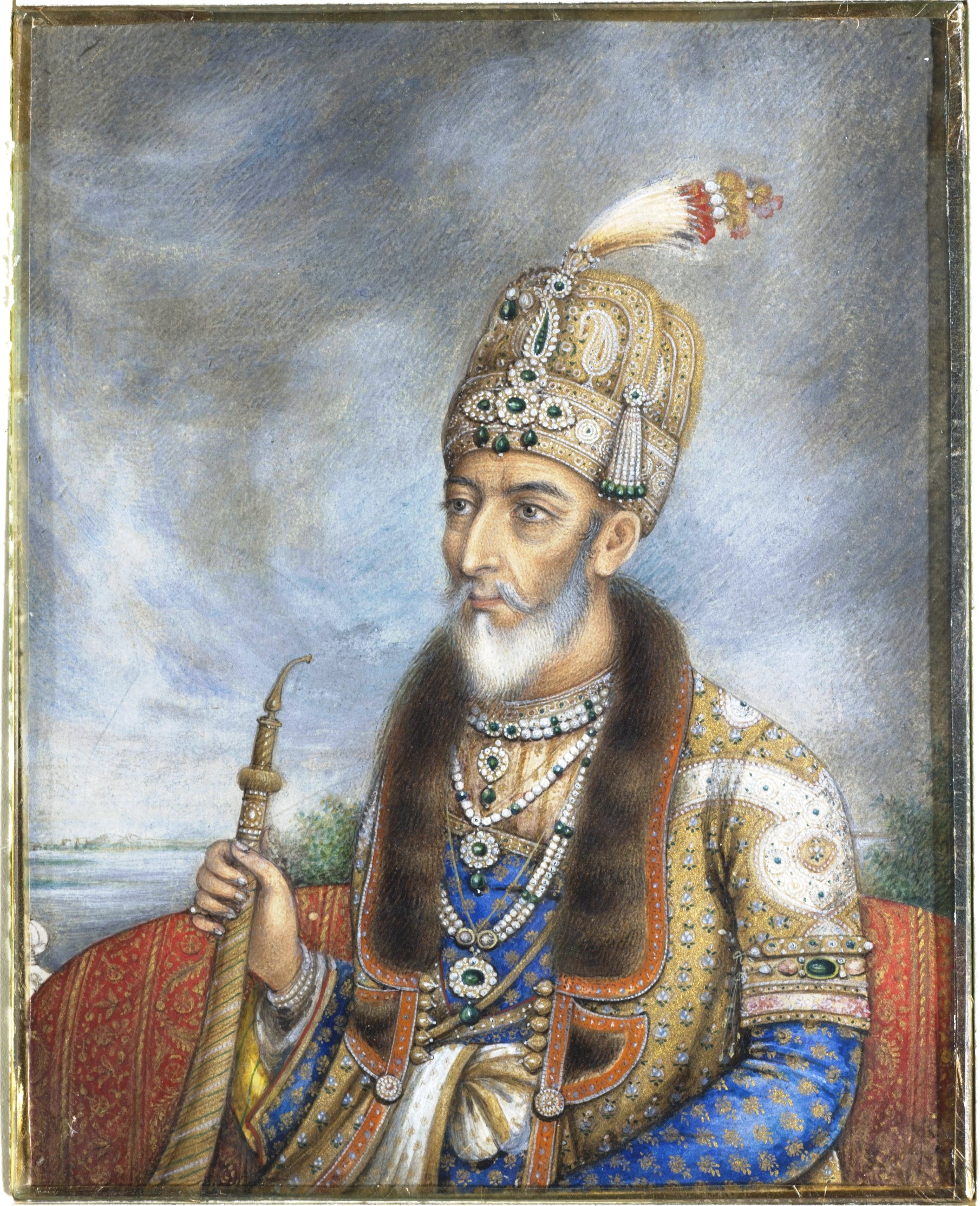|
Creation Of Pakistan
The Pakistan Movement was a religiopolitical and social movement that emerged in the early 20th century as part of a campaign that advocated the creation of an Islamic state in parts of what was then British Raj. It was rooted in the two-nation theory, which asserted that Muslims from the subcontinent were fundamentally and irreconcilably distinct from Hindus of the subcontinent (who formed the demographic majority) and would therefore require separate self-determination upon the Decolonisation of the subcontinent. The idea was largely realized when the All-India Muslim League ratified the Lahore Resolution on 23 March 1940, calling for the Muslim-majority regions of the Indian subcontinent to be "grouped to constitute independent states" that would be "autonomous and sovereign" with the aim of securing Muslim socio-political interests vis-à-vis the Hindu majority. It was in the aftermath of the Lahore Resolution that, under the aegis of Muhammad Ali Jinnah, the cause of "Pakis ... [...More Info...] [...Related Items...] OR: [Wikipedia] [Google] [Baidu] |
Lahore Resolution
The Lahore Resolution, later called the Pakistan Resolution in Pakistan, was a formal political statement adopted by the All-India Muslim League on the occasion of its three-day general session in Lahore, Punjab, from 22 to 24 March 1940, calling for "independent states" for the Muslim minorities of British India. It was written and prepared by a nine-member subcommittee of the All-India Muslim League (which included Muhammad Ali Jinnah, Liaquat Ali Khan, Sir Sikandar Hayat Khan, Khawaja Nazimuddin, Abdullah Haroon, and Nawab Ismail Khan) and was presented by A. K. Fazlul Huq, the Prime Minister of Bengal. The resolution mainly called for independent sovereign states: That geographically contiguous units are demarcated regions which should be constituted, with such territorial readjustments as may be necessary that the areas in which the Muslims are numerically in a majority as in the North Western and Eastern Zones of (British) India should be grouped to constitute 'i ... [...More Info...] [...Related Items...] OR: [Wikipedia] [Google] [Baidu] |
Dominion Of Pakistan
The Dominion of Pakistan, officially Pakistan, was an independent federal dominion in the British Commonwealth of Nations, which existed from 14 August 1947 to Pakistan Day, 23 March 1956. It was created by the passing of the Indian Independence Act 1947 by the Parliament of the United Kingdom, British parliament, which also created an independent Dominion of India. The new dominion consisted of those presidencies and provinces of British India which were allocated to it in the Partition of India. Until 1947, these regions had been ruled by the United Kingdom as a part of the British Empire. Its status as a federal dominion within the British Empire ended in 1956 with the completion of the Constitution of Pakistan of 1956, Constitution of Pakistan, which established the country as a republic. The constitution also administratively split the nation into West Pakistan and East Pakistan. Until then, these provinces had been governed as a singular entity, despite being separate geog ... [...More Info...] [...Related Items...] OR: [Wikipedia] [Google] [Baidu] |
List Of Urdu Poets
The following is a List of Urdu-language poets. 13th century 15th century 16th century 17th century 18th century * Mirza Rafi Sauda, Mirza Muhammad Rafi, ''Sauda'' (1713–1780) * Siraj Aurangabadi, ''Siraj'' (1715–1763) *Mohammad Meer Soz Dehlvi, ''Soz'' (1720-1799) * Khwaja Mir Dard, ''Dard'' (1721–1785) * Qayem Chandpuri, Muhammad Qyamuddin Ali ''Qayem'' (1722–1793) * Mir Taqi Mir, ''Mir'' (1723–1810) * Nazeer Akbarabadi, ''Nazeer'' (1740–1830) * Qalandar Bakhsh Jurat, ''Jurat'' (1748–1810) * Mas'hafi, Mashafi Shaikh Ghulam Hamdani, ''Mas'hafi'' (1750–1824) * Insha Allah Khan 'Insha', ''Insha'' (1756–1817) * Saadat Yaar Khan Rangin, ''Rangin'' (1757–1835) * Bahadur Shah II, Bahadur Shah, ''Zafar'' (1775–1862) * Imam Baksh Nasikh, ''Nasikh'' (1776–1838) * Khwaja Haidar Ali Atish, ''Atish'' (1778–1846) * Zauq, Muhammad Ibrahim Khan, ''Zauq'' (1789–1854) * Mirza Ghalib, Mirza Asadullah Khan Ghalib, ''Ghalib'' (1797–1869) * Chhannu Lal Dilgee ... [...More Info...] [...Related Items...] OR: [Wikipedia] [Google] [Baidu] |
Muslim Nationalism In South Asia
From a historical perspective, Professor Ishtiaq Ahmed of the Stockholm University and Professor Shamsul Islam of the University of Delhi classified the Muslims of Colonial India into two categories during the era of the Indian independence movement: nationalist Muslims (Indian Muslims who opposed the partition of India and aligned with Indian nationalism) and Muslim nationalists (individuals who desired to create a separate country for Indian Muslims). The All India Azad Muslim Conference represented nationalist Muslims, while the All-India Muslim League represented the Muslim nationalists. One such popular debate was the Madani–Iqbal debate. Historical foundations During the medieval era, an Islamic society in India that originated from Persianate culture that spread the religion amongst Indians, resulting in the rise of powerful Muslim kingdoms such as the Delhi Sultanate and the Mughal Empire. The Islamization of India resulted in the birth of Indo-Muslim culture, whic ... [...More Info...] [...Related Items...] OR: [Wikipedia] [Google] [Baidu] |
Western World
The Western world, also known as the West, primarily refers to various nations and state (polity), states in Western Europe, Northern America, and Australasia; with some debate as to whether those in Eastern Europe and Latin America also constitute the West. The Western world likewise is called the Occident () in contrast to the Eastern world known as the Orient (). Definitions of the "Western world" vary according to context and perspectives; the West is an evolving concept made up of cultural, political, and economic synergy among diverse groups of people, and not a rigid region with fixed borders and members. Some historians contend that a linear development of the West can be traced from Greco-Roman world, Ancient Greece and Rome, while others argue that such a projection constructs a false genealogy. A geographical concept of the West started to take shape in the 4th century CE when Constantine the Great, Constantine, the first Christian Roman emperor, divided the Roman Em ... [...More Info...] [...Related Items...] OR: [Wikipedia] [Google] [Baidu] |
Syed Ahmad Khan
Sir Syed Ahmad Khan (17 October 1817 – 27 March 1898), also spelled Sayyid Ahmad Khan, was an Indian Muslim Islamic modernist, reformer, philosopher, and educationist in nineteenth-century British Raj, British India. Though initially espousing Hindu–Muslim unity, he later became the pioneer of Muslim nationalism in South Asia, Muslim nationalism in India and is widely credited as the father of the two-nation theory, which formed the basis of the Pakistan movement. Born into a family with strong ties to the Durbar (court), Mughal court, Ahmad studied science and the Quran within the court. He was awarded an honorary LLD from the University of Edinburgh in 1889. In 1838, Syed Ahmad entered the service of East India Company and went on to become a judge at a Small Causes Court in 1867, retiring from this position in 1876. During the Indian Mutiny of 1857, he remained loyal to the British Empire, British Raj and was noted for his actions in saving European lives.Cyril Glass ... [...More Info...] [...Related Items...] OR: [Wikipedia] [Google] [Baidu] |
Indian Independence Movement
The Indian independence movement was a series of historic events in South Asia with the ultimate aim of ending British Raj, British colonial rule. It lasted until 1947, when the Indian Independence Act 1947 was passed. The first nationalistic movement took root in the newly formed Indian National Congress with prominent moderate leaders seeking the right to appear for Indian Civil Service examinations in British India, as well as more economic rights for natives. The first half of the 20th century saw a more radical approach towards self-rule. The stages of the independence struggle in the 1920s were characterised by the leadership of Mahatma Gandhi and Congress's adoption of Gandhi's policy of non-violence and Salt March, civil disobedience. Some of the leading followers of Gandhi's ideology were Jawaharlal Nehru, Vallabhbhai Patel, Abdul Ghaffar Khan, Maulana Azad, and others. Intellectuals such as Rabindranath Tagore, Subramania Bharati, and Bankim Chandra Chattopadhyay spr ... [...More Info...] [...Related Items...] OR: [Wikipedia] [Google] [Baidu] |
Indian Subcontinent
The Indian subcontinent is a physiographic region of Asia below the Himalayas which projects into the Indian Ocean between the Bay of Bengal to the east and the Arabian Sea to the west. It is now divided between Bangladesh, India, and Pakistan. (subscription required) Although the terms "Indian subcontinent" and "South Asia" are often also used interchangeably to denote a wider region which includes, in addition, Bhutan, the Maldives, Nepal and Sri Lanka, the "Indian subcontinent" is more of a geophysical term, whereas "South Asia" is more geopolitical. "South Asia" frequently also includes Afghanistan, which is not considered part of the subcontinent even in extended usage.Jim Norwine & Alfonso González, ''The Third World: states of mind and being'', pages 209, Taylor & Francis, 1988, Quote: ""The term "South Asia" also signifies the Indian Subcontinent""Raj S. Bhopal, ''Ethnicity, race, and health in multicultural societies'', pages 33, Oxford University Press, 2007, ; Q ... [...More Info...] [...Related Items...] OR: [Wikipedia] [Google] [Baidu] |
All-India Muslim League
The All-India Muslim League (AIML) was a political party founded in 1906 in Dhaka, British India with the goal of securing Muslims, Muslim interests in South Asia. Although initially espousing a united India with interfaith unity, the Muslim League later led the Pakistan Movement, calling for a Two-nation theory, separate Muslim homeland after the British exit from India. The party arose out of the need for the political representation of Muslims in British Raj, British India, especially during the Indian National Congress-sponsored Swadeshi movement, massive Hindu opposition to the 1905 partition of Bengal. During the 1906 annual meeting of the All India Muslim Education Conference held in Ahsan Manzil, Israt Manzil Palace, Dhaka, the Nawab of Dhaka, Khwaja Salimullah, forwarded a proposal to create a political party which would protect the interests of Muslims in British India. He suggested the political party be named the 'All-India Muslim League'. The motion was unanimously ... [...More Info...] [...Related Items...] OR: [Wikipedia] [Google] [Baidu] |
Colonial India
Colonial India was the part of the Indian subcontinent that was occupied by European colonial powers during and after the Age of Discovery. European power was exerted both by conquest and trade, especially in spice trade, spices. The search for the wealth and prosperity of India led to the colonisation of the Americas after Christopher Columbus went to the Americas in 1492. Only a few years later, near the end of the 15th century, Portuguese sailor Vasco da Gama became the first European to re-establish direct trade links with India by being the first to arrive by circumnavigating Africa (). Having arrived in History of Kozhikode, Calicut, which by then was one of the major trading ports of the eastern world, he obtained permission to trade in the city from the Saamoothiri, Saamoothiris (Zamorins). The next to arrive Dutch India, were the Dutch, with their main base in Ceylon. Their expansion into India was halted after their defeat in the Battle of Colachel to the Travancore, Ki ... [...More Info...] [...Related Items...] OR: [Wikipedia] [Google] [Baidu] |
Hinduism In South Asia
Hinduism is the largest religion in South Asia with about 1.2 billion Hindus, forming just under two-thirds of South Asia's population. South Asia has the largest population of Hindus in the world, with about 99% of all global Hindus being from South Asia. Hinduism is the dominant religion in India and Nepal and is the second-largest religion in Bangladesh, Pakistan, Sri Lanka, and Bhutan. Indo-Aryan migrations brought the Indo-Aryans to South Asia, where they compiled and composed the Vedic corpus during the Vedic period (ca. 1500-500 BCE) across present-day Northern India, Pakistan and Afghanistan. The subsequent period, between and , was "a turning point between the Vedic religion and Hindu religions", and a formative period for Hinduism, Jainism and Buddhism. The Epic and Early Puranic period, from , saw the onset of the Hindu synthesis, followed by the classical "Golden Age" of India (), which coincides with the Gupta Empire. Following the conquest of Islamic rulers i ... [...More Info...] [...Related Items...] OR: [Wikipedia] [Google] [Baidu] |




